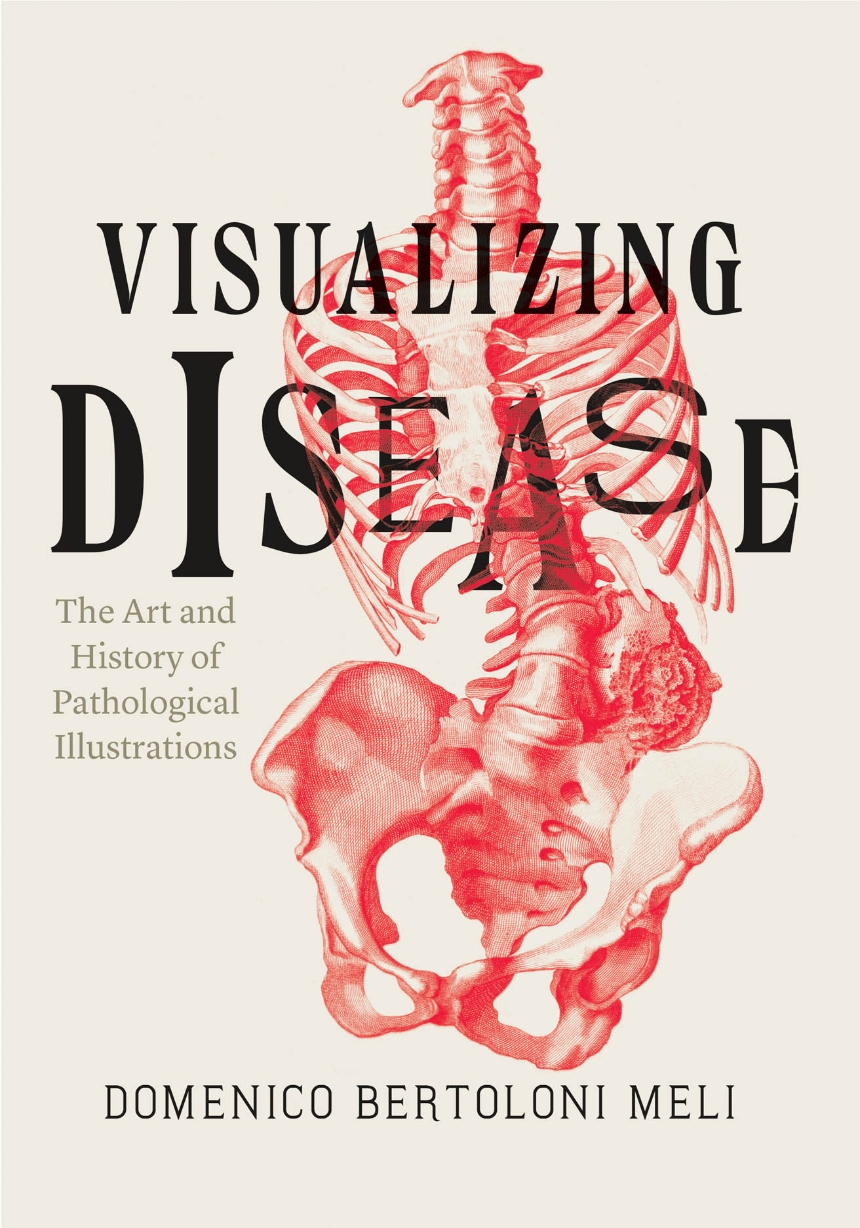Visualizing Disease
The Art and History of Pathological Illustrations
Visual anatomy books have been a staple of medical practice and study since the mid-sixteenth century. But the visual representation of diseased states followed a very different pattern from anatomy, one we are only now beginning to investigate and understand. With Visualizing Disease, Domenico Bertoloni Meli explores key questions in this domain, opening a new field of inquiry based on the analysis of a rich body of arresting and intellectually challenging images reproduced here both in black and white and in color.
Starting in the Renaissance, Bertoloni Meli delves into the wide range of figures involved in the early study and representation of disease, including not just men of medicine, like anatomists, physicians, surgeons, and pathologists, but also draftsmen and engravers. Pathological preparations proved difficult to preserve and represent, and as Bertoloni Meli takes us through a number of different cases from the Renaissance to the mid-nineteenth century, we gain a new understanding of how knowledge of disease, interactions among medical men and artists, and changes in the technologies of preservation and representation of specimens interacted to slowly bring illustration into the medical world.
Starting in the Renaissance, Bertoloni Meli delves into the wide range of figures involved in the early study and representation of disease, including not just men of medicine, like anatomists, physicians, surgeons, and pathologists, but also draftsmen and engravers. Pathological preparations proved difficult to preserve and represent, and as Bertoloni Meli takes us through a number of different cases from the Renaissance to the mid-nineteenth century, we gain a new understanding of how knowledge of disease, interactions among medical men and artists, and changes in the technologies of preservation and representation of specimens interacted to slowly bring illustration into the medical world.
288 pages | 36 color plates, 36 halftones | 7 x 10 | © 2018
Art: Art--General Studies
Biological Sciences: Anatomy
History: History of Technology
Reviews
Table of Contents
Preface
Introduction: Bodies, Diseases, Images
Chapter 1. Visualizing Disease in the Early Modern Period
Chapter 2: “Sic nata est anatome pathologica picta”: The Diseases of Bones
Chapter 3. Preserved Specimens and Comprehensive Treatises
Chapter 4. Intermezzo: Identifying Disease in Its Inception
Chapter 5. The Nosology of Cutaneous Diseases
Chapter 6. Morbid Anatomy in Color
Chapter 7. Comprehensive Treatises in Color
Concluding Reflections
Acknowledgments
Illustration Credits
List of Abbreviations
Notes
Bibliography
Index
Illustration Credits
List of Abbreviations
Notes
Bibliography
Index
